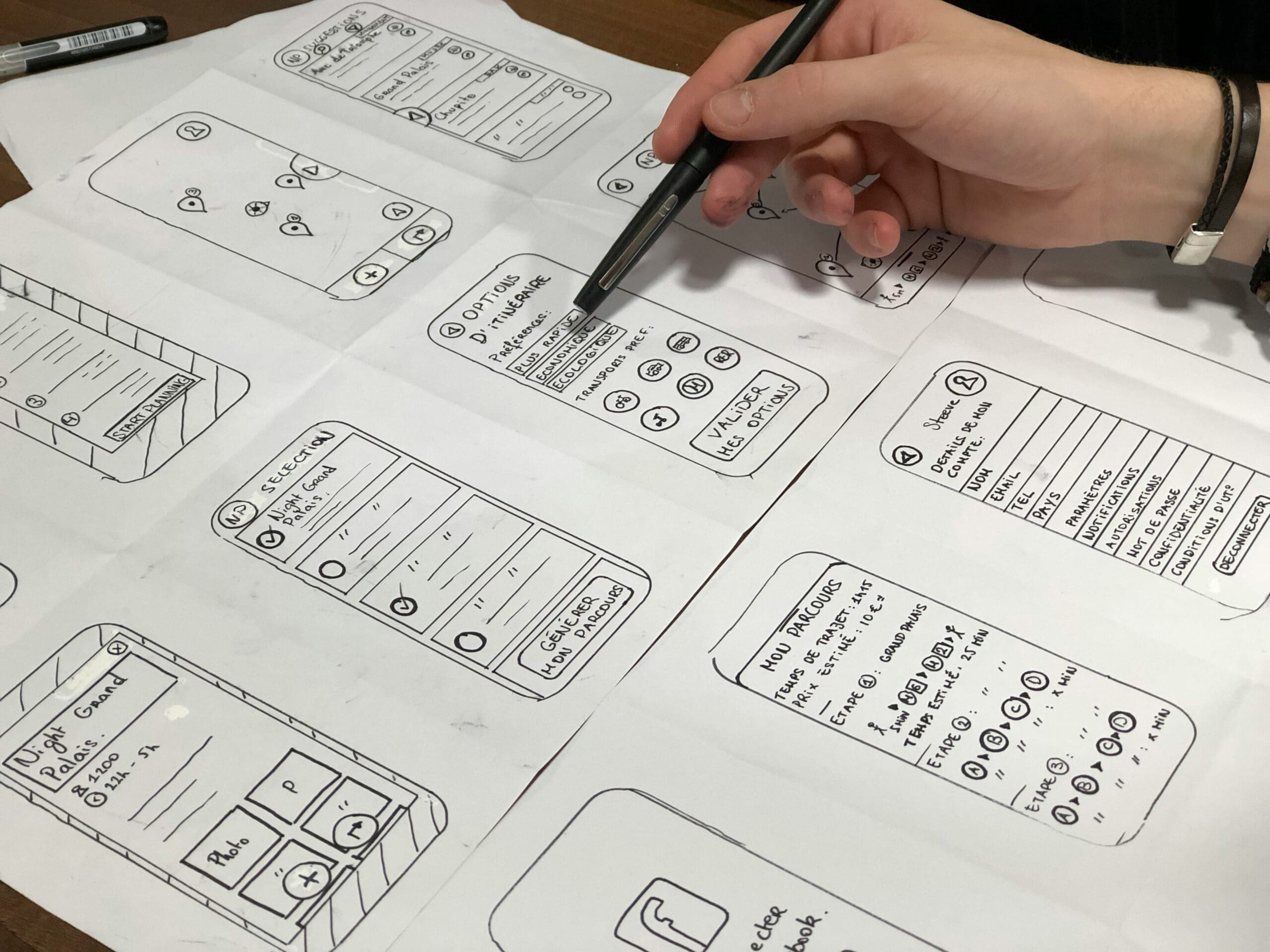In today’s saturated market, where users are overwhelmed with options, having a functional product just isn’t enough. What sets winning companies apart is how users feel when interacting with their offerings. That’s where UX Research and UX Design come in. If your product isn’t gaining traction, struggling with engagement, or seeing poor retention rates, it's time to examine the experience — not just the features. Great UX doesn't happen by chance; it’s a result of deliberate research, empathetic design, and ongoing iteration.

What Is UX Research?
UX Research involves gathering insights about your users’ behaviors, needs, motivations, and pain points through methods like interviews, surveys, usability tests, and field studies. It ensures you're not guessing — you're designing with evidence.
Real-World Scenario:
Imagine you’re launching a fitness app for beginners. You assume people want to track calories. But through user interviews, you discover that beginners are overwhelmed by calorie counting and actually want motivational coaching and simplified goal tracking.
Without UX research, you’d have built a calorie tracker no one uses. With it, you build a coaching app users love.
That’s a 0-to-hero pivot.

What Is UX Design?
UX Design takes the insights from research and transforms them into intuitive, aesthetically pleasing, and usable experiences. It includes wireframes, prototypes, interaction design, visual design, and accessibility.
Real-World Scenario:
You offer a financial planning tool with powerful features — but users drop off during onboarding. UX Design uncovers that the interface is too cluttered and the terminology is too technical.
A redesign simplifies navigation, uses friendlier language, and guides users step-by-step. Conversions and retention soar. You didn’t change the functionality, just the experience.
How UX Research and UX Design Work Together
Think of UX Research as the compass and UX Design as the map. One without the other leads to getting lost or going in the wrong direction.
The Process:
Discovery Phase – UX research identifies user goals and problems.
Ideation Phase – Designers brainstorm solutions using research insights.
Prototyping & Testing – Low-fidelity designs are tested with real users.
Iterate & Launch – Feedback drives refinements before a full release.
Each phase relies on continuous feedback and empathy-driven decisions.